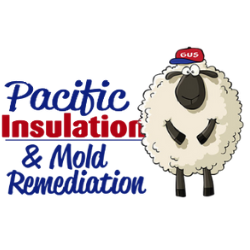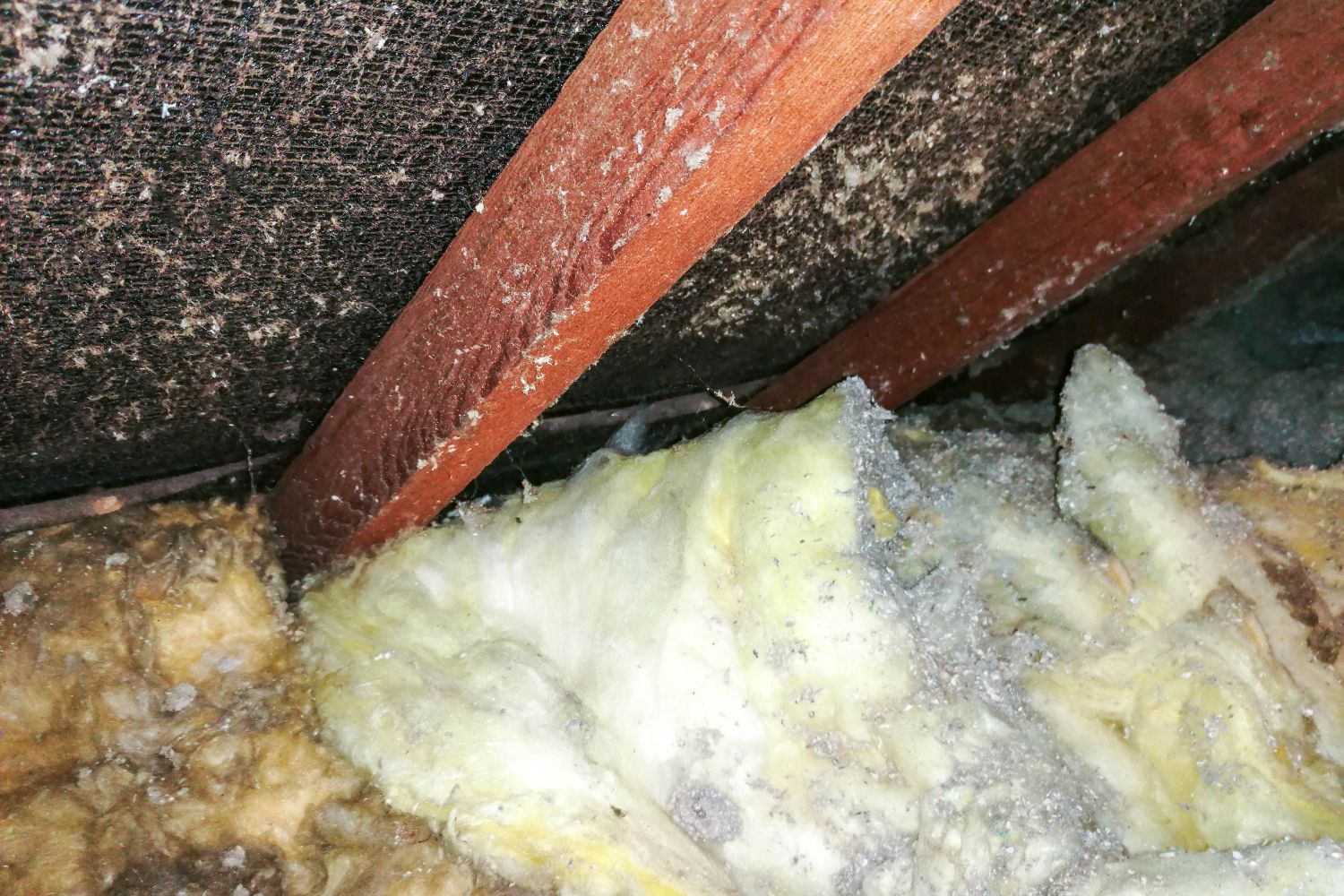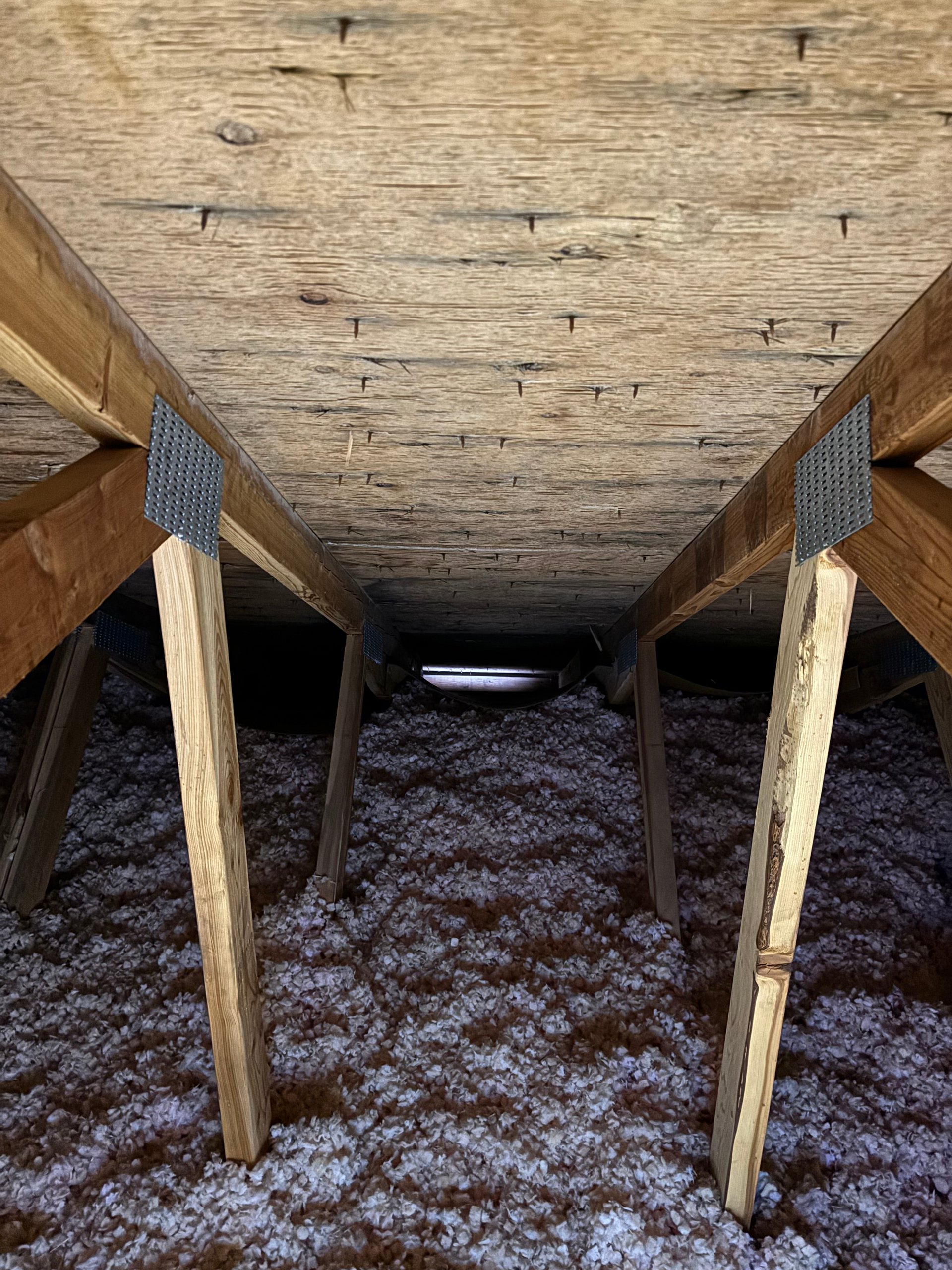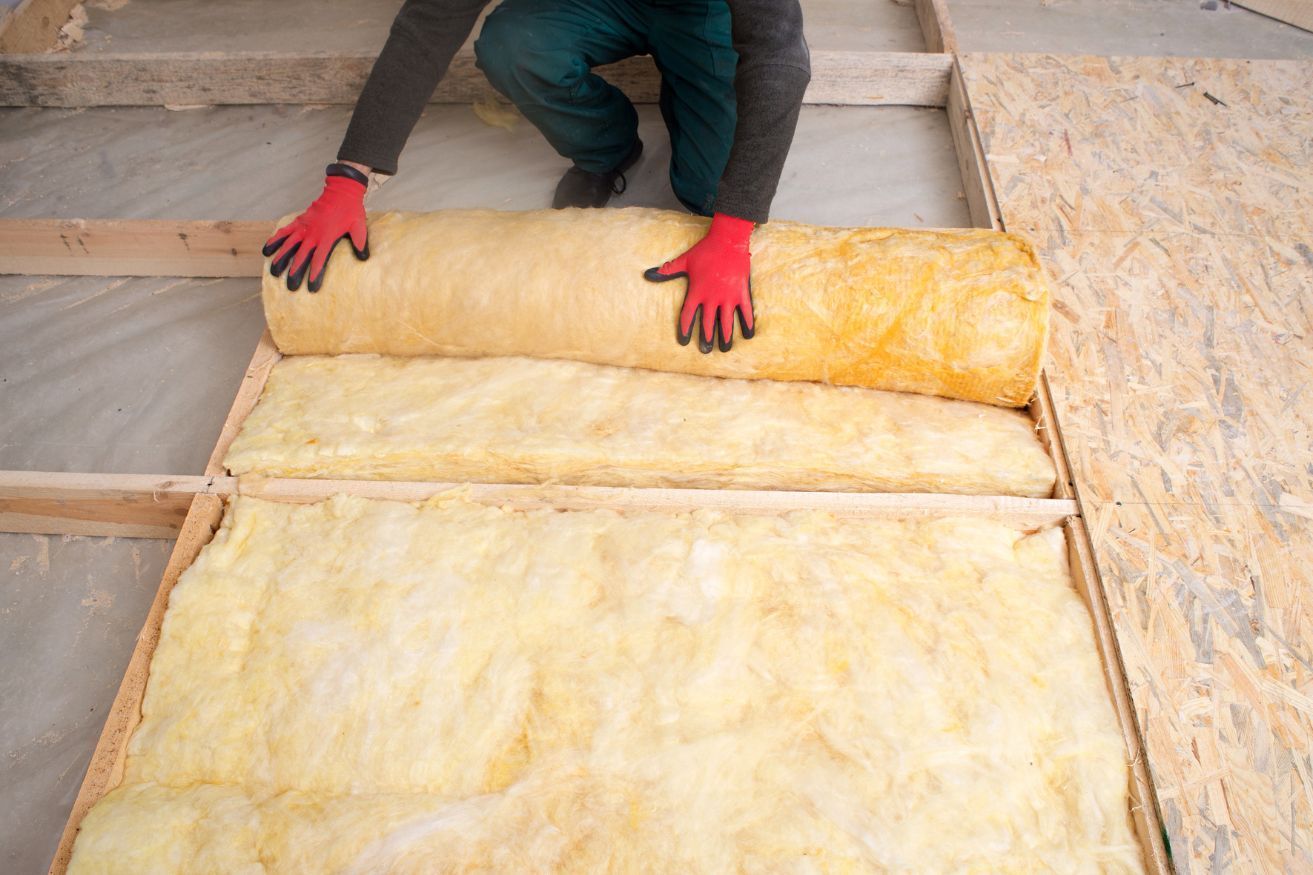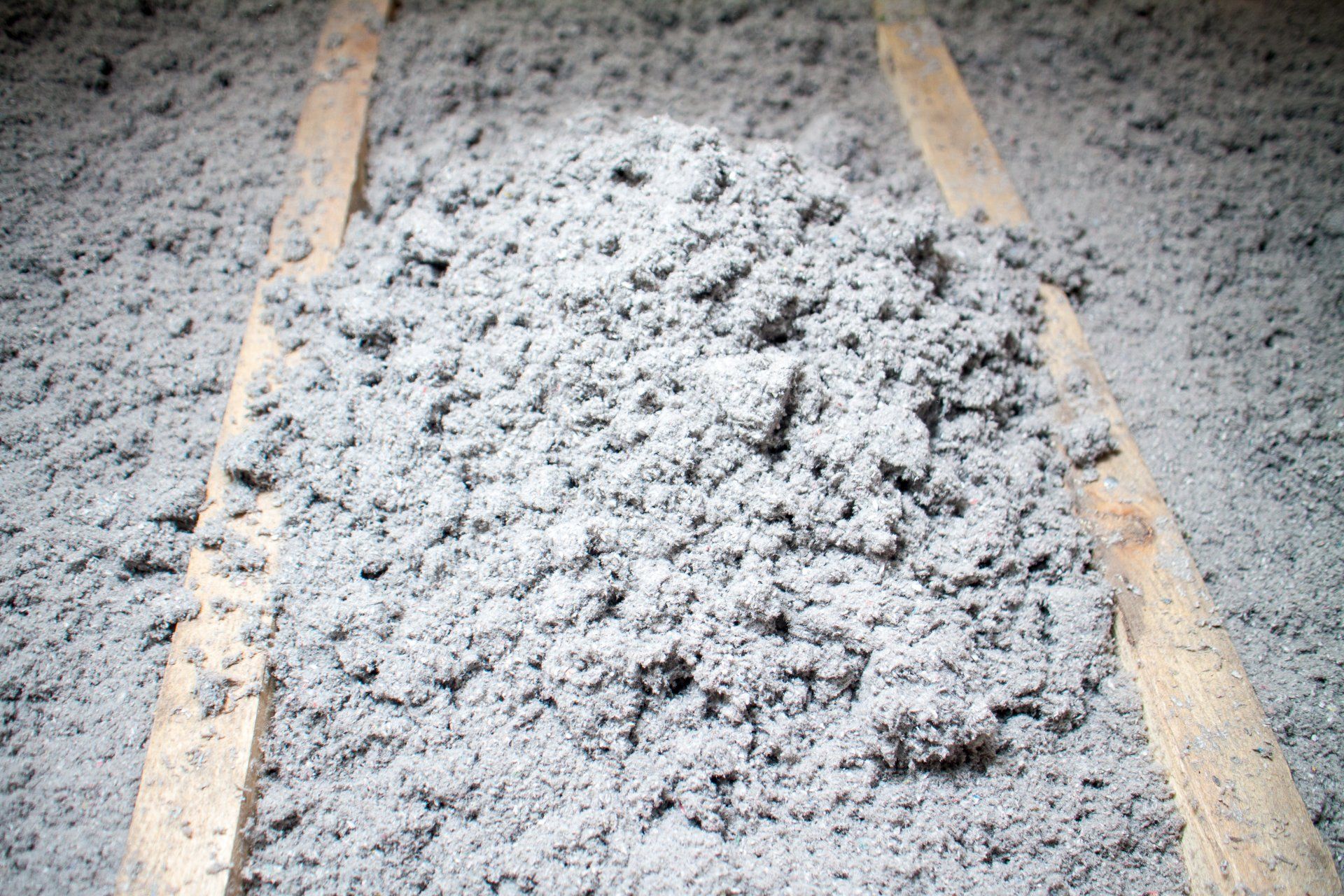Side Effects of Overheated Attics
Gus Koedding • June 8, 2025
Attic Temperature with Dark Composition Shingle Roof
When it's 90°F (32°C) outside and the home has a dark composition shingle roof, attic temperatures can skyrocket due to heat absorption and poor ventilation.
🔥 Expected Attic Temperatures:
- Average attic temp under dark shingles: 130°F to 150°F (54°C to 66°C)
- In some cases (poor ventilation or no radiant barrier): it can reach up to 160°F (71°C)
⚠️ Why It Gets So Hot:
- Dark shingles absorb more UV radiation.
- Heat radiates into attic space and gets trapped, especially if ventilation is poor.
- Radiant heat gain continues into the evening even after the air temperature drops.
🚨 Side Effects of Overheated Attics:
- Degraded insulation performance
- Warped roofing materials
- Increased cooling load on HVAC system
- Higher risk of attic mold growth due to trapped moisture and condensation at night
🛠️ Pro Tip:
Installing attic ventilation upgrades, air sealing, radiant barriers, or blown-in cellulose insulation with proper R-value can help bring those attic temps down by 20–40°F.
